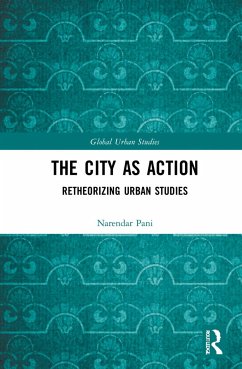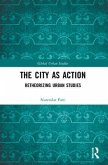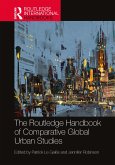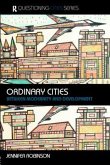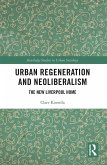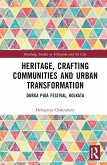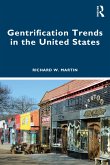In constructing the urban as a set of interconnected actions, this book presents a less travelled route to understanding the city. It leads to a fresh perspective on several issues central to urban theory, including the uniqueness of a city alongside practices it shares with other urban places.
This book presents an innovative theoretical contribution to the field of urban studies, bridging the gap between western centric scholarship and perspectives from the global South. It offers conceptually rich insights, combining notions of cities as organisms, and references to postcolonial urban studies, with insights around aspirations, capabilities, agency, and social identity. It develops concepts, like the Proximity Principle, that help explain the experience of a city.
This conceptualization of the city as a process should interest all who are sensitive to cities, whether they study them in academia or simply develop close associations with specific urban places.
This book presents an innovative theoretical contribution to the field of urban studies, bridging the gap between western centric scholarship and perspectives from the global South. It offers conceptually rich insights, combining notions of cities as organisms, and references to postcolonial urban studies, with insights around aspirations, capabilities, agency, and social identity. It develops concepts, like the Proximity Principle, that help explain the experience of a city.
This conceptualization of the city as a process should interest all who are sensitive to cities, whether they study them in academia or simply develop close associations with specific urban places.
"The book is to be recommended to academics in urban studies and its related fields, urban practitioners and anyone else interested in understanding more about the urban experience, especially when it comes to the unique circumstances and context of everyday lived realities in cities of the global South." - Aleem Mahabir, Urban Studies Journal

